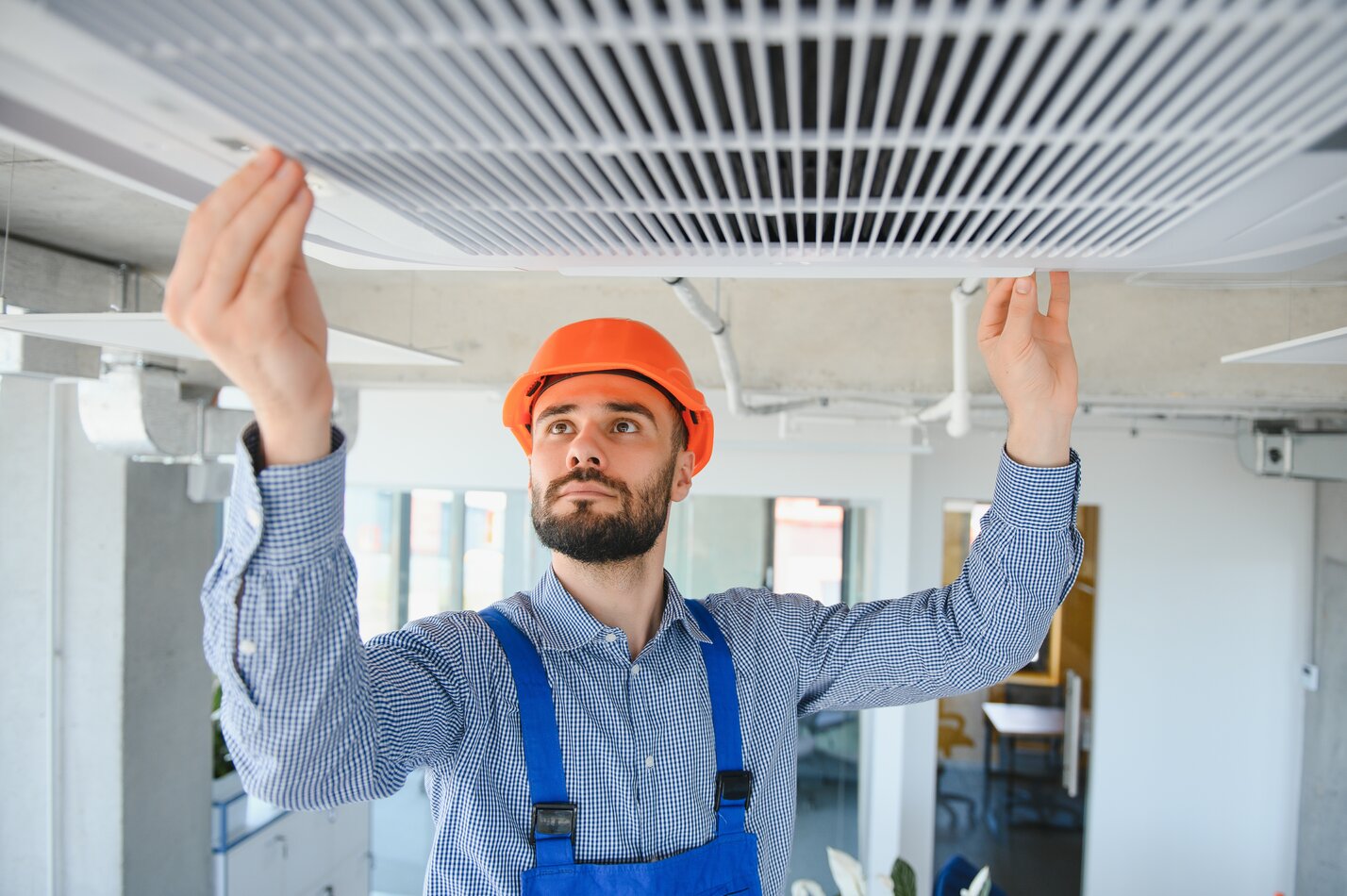During transitional seasons like spring and fall, air conditioners face unique challenges that can affect their performance and efficiency. These periods are characterized by fluctuating temperatures and varying humidity levels, making it harder for HVAC systems to maintain consistent indoor conditions. Understanding these challenges is crucial to keeping your air conditioner running smoothly throughout the year.
Common Issues Faced by Air Conditioners in Transitional Seasons
Transitional seasons like spring and fall present distinct challenges for air conditioners. One common issue is the frequent switching between heating and cooling modes. During these seasons, temperatures can vary significantly from day to night, causing the AC to work harder to maintain a stable indoor climate. This constant toggling between modes can strain the system and lead to early wear and tear on components.
Humidity fluctuations are another problem. Transitional seasons often bring changes in humidity levels, making the air feel warmer or cooler than the actual temperature. High humidity can make it difficult for the AC to remove moisture from the air, leading to an overworked system and reduced efficiency. Conversely, low humidity can cause the indoor air to feel too dry, making it uncomfortable for occupants.
Additionally, air filters tend to accumulate more dirt and debris during transitional periods. Pollen, dust, and other allergens are more prevalent in the air, clogging filters faster. Dirty filters restrict airflow, forcing the AC to work harder to cool or heat the space, and can impact indoor air quality. Replacing filters more frequently during these times can help mitigate some of these issues.
Impact of Fluctuating Temperatures on AC Performance
Fluctuating temperatures during transitional seasons can significantly impact the performance of an air conditioner. One major issue is thermal stress on the system. When outdoor temperatures swing from hot to cold within a short period, the AC must constantly adapt, leading to inconsistent performance. Thermal stress can cause components to expand and contract rapidly, potentially leading to cracks or other damage.
Another effect of temperature fluctuations is the increased likelihood of short cycling. Short cycling occurs when the AC turns on and off more frequently than it should, usually due to rapid temperature changes. This not only increases wear and tear on the system but also leads to higher energy consumption, reducing overall efficiency.
These fluctuations can also cause uneven cooling or heating throughout the home. Some rooms may become too cold, while others remain too warm, making it difficult to maintain a consistent indoor climate. This inconsistency can be particularly problematic during transitional seasons when maintaining a comfortable indoor environment is already challenging.
Lastly, fluctuating temperatures can also impact the thermostat’s accuracy. As the thermostat continually adjusts to changing conditions, it may not always provide accurate readings, leading to inefficient operation. Ensuring that your thermostat is calibrated correctly and placed in an optimal location can help mitigate this issue.
Tips to Optimize Air Conditioner Efficiency During Transitional Seasons
Optimizing your air conditioner efficiency during transitional seasons can save energy and maintain comfort. Here are practical tips to achieve this:
- Adjust Thermostat Settings: Set your thermostat to match the changing outdoor temperatures. A programmable or smart thermostat can automatically adjust settings, ensuring energy efficiency.
- Seal Leaks: Check windows and doors for drafts and seal any leaks. This prevents outdoor air from affecting indoor temperatures, making your AC work less.
- Use Ceiling Fans: Ceiling fans help circulate air, making it easier to maintain a consistent indoor climate. Use them in conjunction with your air conditioner for optimal results.
- Ventilate: Open windows and doors during mild weather to allow fresh air in. This reduces the load on your air conditioner and improves indoor air quality.
- Clean Filters Regularly: Clean or replace filters more frequently during transitional seasons. Clogged filters reduce airflow and efficiency.
- Limit Heat-Producing Activities: Avoid using ovens, stoves, and other heat-producing appliances during the hottest parts of the day. This reduces the strain on your AC.
Implementing these tips can help your air conditioner operate efficiently during transitional seasons, maintaining comfort and reducing energy costs.
How Regular Maintenance Can Prevent Transitional Season Problems
Regular maintenance is key to preventing issues with your air conditioner during transitional seasons. Here are the benefits:
- Early Problem Detection: Regular inspections help identify and resolve minor issues before they become major problems. This proactive approach prevents sudden breakdowns.
- Enhanced Efficiency: Cleaning and servicing your air conditioner ensures all components function optimally. This reduces energy consumption and keeps your system running smoothly.
- Extended Lifespan: Regular maintenance extends the lifespan of your air conditioner. Well-maintained units experience less wear and tear, leading to fewer replacements.
- Better Air Quality: Routine cleanings remove dust and debris from the system, improving indoor air quality. This is important during transitional seasons when allergens are more prevalent.
- Consistent Performance: A well-maintained air conditioner provides consistent cooling and heating. This ensures a comfortable home environment, regardless of outdoor temperature changes.
Regular maintenance is a simple yet effective way to keep your air conditioner in top condition. It enhances efficiency, extends the unit’s lifespan, and ensures consistent performance.
Conclusion
Air conditioners face unique challenges during transitional seasons, making regular maintenance and optimization essential. Fluctuating temperatures can strain systems and reduce efficiency, but taking proactive steps can mitigate these issues. By adjusting thermostat settings, sealing leaks, using ceiling fans, and ensuring regular maintenance, you can keep your air conditioner running efficiently throughout the year.
For reliable air conditioning and heating products designed to enhance your home’s comfort, explore our full range of energy-efficient Amana HVAC systems to maintain a comfortable indoor environment, no matter the season.



Recent Comments